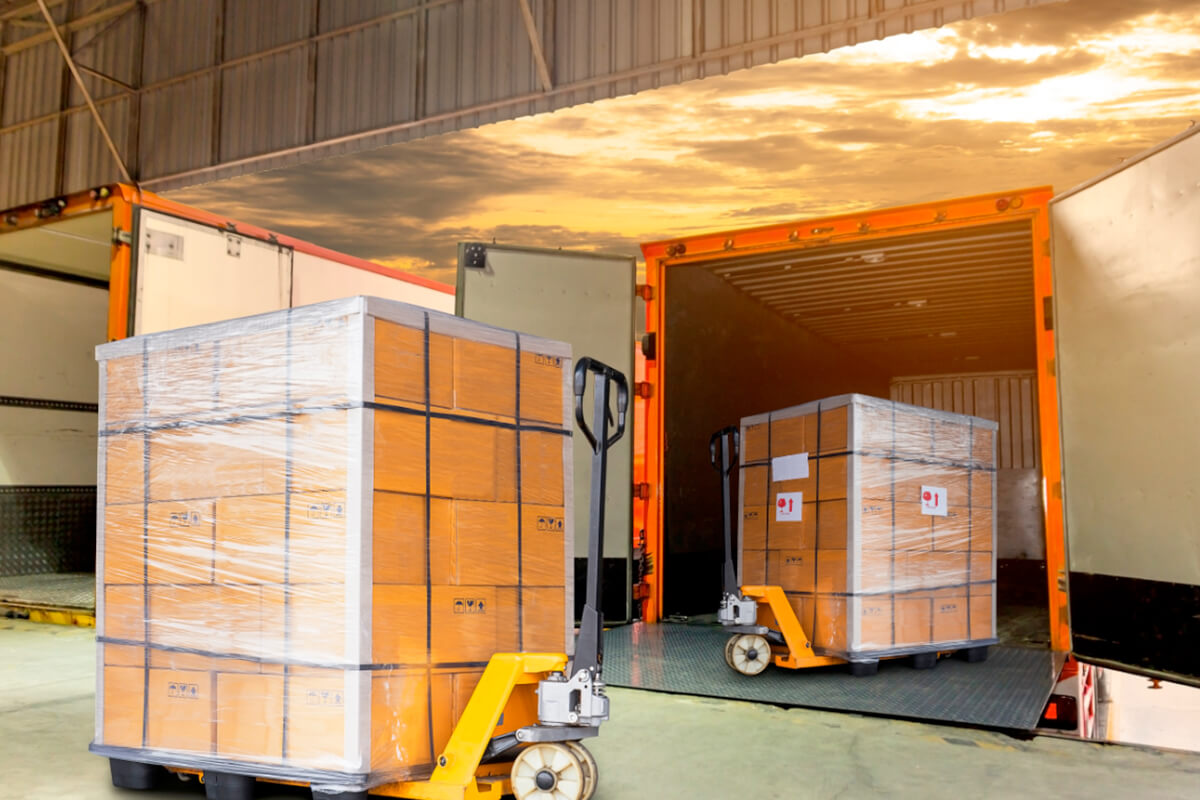
When a shipping container arrives at a dock and its clearance is complete, then lumpers or freight unloaders take over. These pros know how to assess the container contents and how to swiftly remove the freight, both methodically and safely. Why is this important? Consider these recent statistics from the Bureau of Labor Statistics relative to warehouse accidents:
This posting is intended as less a DIY manual than a demonstration of how the experienced teams at Labor Loop approach every on-demand assignment. Let’s be clear. As the sobering statistic above relates, safe and expeditious unloading of shipping containers is not a task for unskilled day labor. Nor should it fall to existing staffers recruited for the day from office or desk jobs, or even elsewhere in the depot or warehouse. It requires awareness and observance of regulations. That’s why our teams are OSHA-certified. Taking that extra measure of caution is second nature to not only prevent injuries and workers’ comp claims, but to keep operations costs manageable.
Contact Labor Loop to learn more about on-demand container unloading services.
